Review
With no shortage of options in the small SUV market, the Seat Arona stands out as a strong contender and comes highly recommend after spending six months behind the wheel. If you’re considering a new company car, this model deserves serious attention.
For those who aren’t ready to switch to electric or are unable to take advantage of tax benefits for EVs, the Arona offers an efficient petrol alternative.
Seat claims a real-world fuel economy of 49.6mpg, and during my last 1,000 miles, the trip computer showed an average of 44.9mpg. Comparatively, its rivals, the Nissan Juke and Renault Captur, claim 48.7mpg and 60.1mpg, respectively.
We've been testing the FR Limited Edition, positioned mid-range in the line-up. It offers an impressive specification, has eye-catching styling and is enjoyable to drive.
The Arona has proven to be a reliable and dependable model, delivering comfort on any journey. It feels particularly at home on the motorway, offering a smooth ride. However, as mentioned in a previous review, I did find myself missing an armrest. It also excels in practicality, with plenty of storage spaces for keys, cups, and other essentials.
It feels roomy inside and boot space was adequate for our everyday needs. Every inch of space was taken up by two medium-sized suitcases on a summer airport run.
Ideal for drivers with a young family, the Arona boasts a solid range of safety features, providing peace of mind that your little ones are well protected on the road.
Addressing the issues
While the past few months with the Seat Arona have been largely trouble-free, it’s only fair to address a couple of issues I’ve encountered along the way.
On several occasions, whether during a conversation or, more embarrassingly to admit, while singing along to the radio, an unexpected voice has come through the Seat’s speakers asking, "How may I help you?"
The usual way to access this function is by pressing a steering-wheel mounted microphone button but it is also triggered by certain words. The default phrase is "hola hola". At first I found the feature a little irritating but after more investigation I realised it's actually quite useful. You can change the radio station, or request a specific playlist or song from your preferred music streaming service. It can also be used to control the sat-nav and uses natural voice recognition, so I found it fairly accurate.
While the random interruptions haven't really impacted what has been an overwhelmingly pleasant few months with the car, in day-to-day use I have found one other feature frustrating.
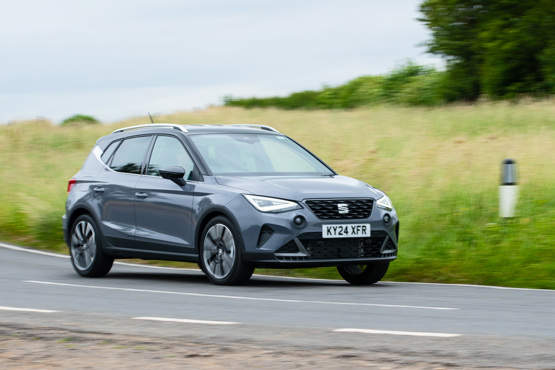
Our Arona is equipped with keyless entry and start. This means you can access and start the car with the keys still in your pocket, then lock it again after. It's a rarer feature on smaller, cheaper cars but fairly common on larger, more luxurious ones. The Arona's system, however, only works from the driver's door handle. Fine if you're travelling solo, but as the Arona is designed as a family car you tend to open the back doors first and close them last. Being able to lock and unlock the car from the rear door handles would make this feature a lot more worthwhile.
Another minor issue is a clip by the rear seat that holds the seatbelt in place when it’s not in use has snapped off. All my family (well, the teenage boy who’s the only person to have sat there during my time with the car) deny all knowledge of breaking it, but it may be possible it caught on a bag or coat without anyone realising.
There was also a grubby mark on the same seat, and I’m not sure why. It looked like damp patch, but no drinks were spilt, so I’m at a loss as to why that would be. I do take care of our test cars, and this is one aimed at families, so perhaps some aspects could possibly do with being a bit more durable.
Admittedly the issues raised are minor, but this car sits among an impressive array of rivals in the compact SUV market so every detail counts. In many other ways it more than holds its own and deserves proper consideration as a company car.
Efficiency tested
For drivers unable or unwilling to make the switch to electric then fuel-efficient petrol vehicles are a practical alternative.
Seat claims the Arona achieves 49.6mpg in real-world conditions, a figure similar to its Nissan Juke rival at 48.7mpg but one that falls short of the Renault Captur’s impressive 60.1mpg.
A recent 340-mile round trip from my home in south Lincolnshire to the New Forest saw the Arona return 51.1mpg. The journey primarily consisted of A-roads, maintaining a steady speed between 60-70mph. I opted for Eco mode via the Drive Profile system, which also includes Normal and Sport settings.
While each mode influences performance of the engine, steering, ambient lighting and the engine sound, I’ve noticed little difference in ride quality or responsiveness between Eco and Normal, so Eco mode has become my preferred choice on longer journeys.
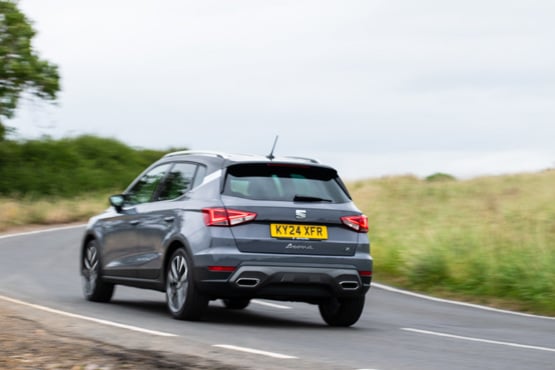
I’ve yet to put the car through its paces in Sport mode to see how it impacts fuel economy, but it will be interesting to compare the trade-off between performance and efficiency. There’s also the option to choose individual settings from every mode.
Having the ability to customise the digital cockpit display is a cool feature as you can include the information you want it to display, whether it's navigation maps or driver assistance details. This ensures that essential information is always in your direct line of sight, helping to reduce distractions and keep your focus on the road."
The addition of subtle yet stylish LED lighting around the air vents is a lovely touch that enhances the cabin's cosiness on a night time journey. Plus, the leather-trimmed steering wheel comes as standard, adding a premium feel to the driving experience, though on these recent chilly mornings, a heated option would have been the perfect finishing touch.
Understanding the tech
Although I appreciate all the many safety features that our long-term Seat Arona offers, the rear-view camera is one that I’m especially grateful for on a daily basis.
When reversing onto the road from the parking spot outside my house, the camera provides a clear, wide-angle view of both sides, allowing me to manoeuvre with complete confidence.
This added reassurance ensures that every journey starts smoothly and safely. On top of that, the car is equipped with several other features that help keep me as safe as possible on every journey.
While the lane assist isn’t overly intrusive, I often switch it off, especially on dual carriageway journeys as every time I change lanes (without indicating), the steering wheel gently but unnecessarily tries to pull me back into lane.
I'm also not a huge fan of the stop/start function. Although I appreciate the environmental benefits, such as reducing emissions during idling and saving fuel, it can be frustrating when the engine cuts off after just a few seconds or when you're stopped at the top of a slope, causing a slight delay before moving off again.
Another useful feature, but again, one I’m happy to turn off, is an audible warning that sounds when the car passes a new speed limit. I’ll admit it took me a few days to work out exactly why the car was beeping.
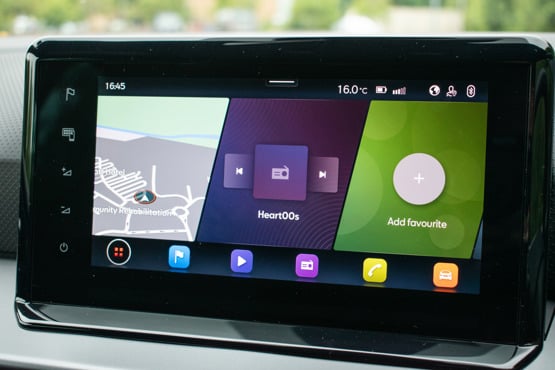
When it comes to in-car technology for on-the-go entertainment, the Seat scores highly.
The Beats Audio sound system delivers impressive sound quality, and connecting my phone via Apple CarPlay has been a breeze.
Switching tracks on Spotify or tuning in to a different radio station is effortlessly done with the convenient steering-wheel-mounted controls.
The car also features wireless charging, ensuring that while you're connected to the infotainment system, your phone battery won't drain.
Making a positive impression
I’ve driven about 1,800 miles since receiving the keys to our long-term Seat Arona and, overall, my experience has been positive and I've found it to be a very enjoyable car.
Practicality is fairly good, with several small compartments for coins, keys, and other items. However, I would prefer a concealed space to keep belongings out of sight when away from the car. While the glovebox serves this purpose, it’s not always convenient, especially if you have a front seat passenger who may need to awkwardly shift their legs for you to gain access.
There are two cupholders in the front and the storage needs for rear passengers are catered for by rear seat pocket nets (ideal for the kids’ books and electronic gadgets) and door space for drinks bottles etc.
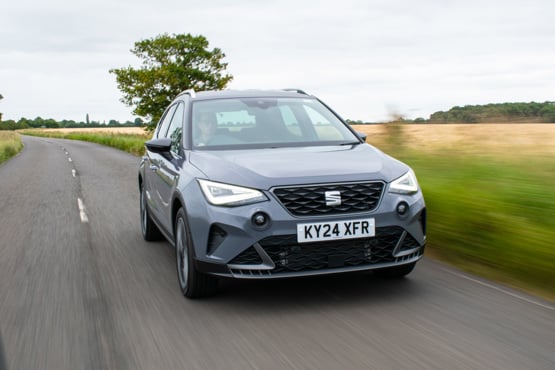
It’s a well-established model having been around since 2017. It was given a facelift in 2021 and while not a head-turner it’s a classy-looking car that’s particularly well suited for drivers with young families.
It provides decent comfort levels, something I especially appreciated while inching through traffic on the A43 in Northamptonshire early one morning for work. However, I missed having an armrest for that extra layer of comfort.
Boot space is adequate at 400 litres and two medium-sized suitcases were easily swallowed for an airport run in the summer. There was no room for my pre-schooler’s buggy which was despatched to the front passenger seat leaving mum and the youngster (in a car seat) to sit in the rear.
Our FR Limited Edition model offers an impressive array of safety features and standard equipment and I'll be sharing my thoughts on the highlights—and a few downsides—in upcoming reports.
Seat Arona 1.0 TSI FR joins our fleet
Seat’s future has been hanging in the balance since all the attention switched to its sister brand Cupra.
With a string of electric models heading to Cupra showrooms and no sign of any new electric Seats, the logical conclusion was that Seat was going to fade into the background.
Demand for internal combustion engines has remained high across Europe, however. Even with looming deadlines to end the sale of petrol or diesel cars, lots of drivers still want – or can only afford – them.
Over the next few years, Seat has confirmed we’ll see a totally refreshed line-up - before it transitions to electric powertrains, at the end of the decade.
In the meantime, cars like our new Seat Arona are, therefore, very much still relevant. Especially for those company car drivers that sit in bandings where longer range, or more family-friendly EVs are simply too expensive.
The model we’ve opted for it is the FR Limited Editon. It sits in the middle of the line-up, with a decent array of standard kit and a sportier look.

Powered by a 115PS 1.0-litre TSI petrol engine, paired with a seven-speed DSG, our Arona costs £28,620. The cheapest Arona costs £22,460.
Among the spec highlights are a nine-inch touchscreen with sat-nav and wireless smartphone connectivity via Apple CarPlay and Android Auto.
It also has sporty front bucket seats, 18-inch alloy wheels, keyless entry with push-button start, a digital instrument cluster, dual-zone climate control, LED headlights, parking sensors and a rear-view camera.
CO2 emissions of 131g/km mean a 31% benefit-in-kind tax penalty. A 20% taxpayer would have to fork out almost £150 a month for the pleasure of having this model on their drive.
The Arona sits in the heartland of the compact SUV market. Based on the popular Ibiza hatch, it shares the same eye-catching styling and keen driving experience.
With its raised seating position, interior practicality is high for a compact model. There’s decent room inside and a 400-litre boot.
Having launched in 2017, we’re looking forward to finding out if the Arona is still competitive among its growing pool of rivals.
Mike Roberts returned to Fleet News in 2021 having previously been its news editor in the early 2000s.
He is now managing editor for Fleet News, AM and Rail in the Bauer B2B portfolio. Prior to this he was managing editor of Fleet News' sister-title Smart Transport.
Mike started his career in local newspapers in the 1990s and has since worked on several specialist titles, both in print and online.


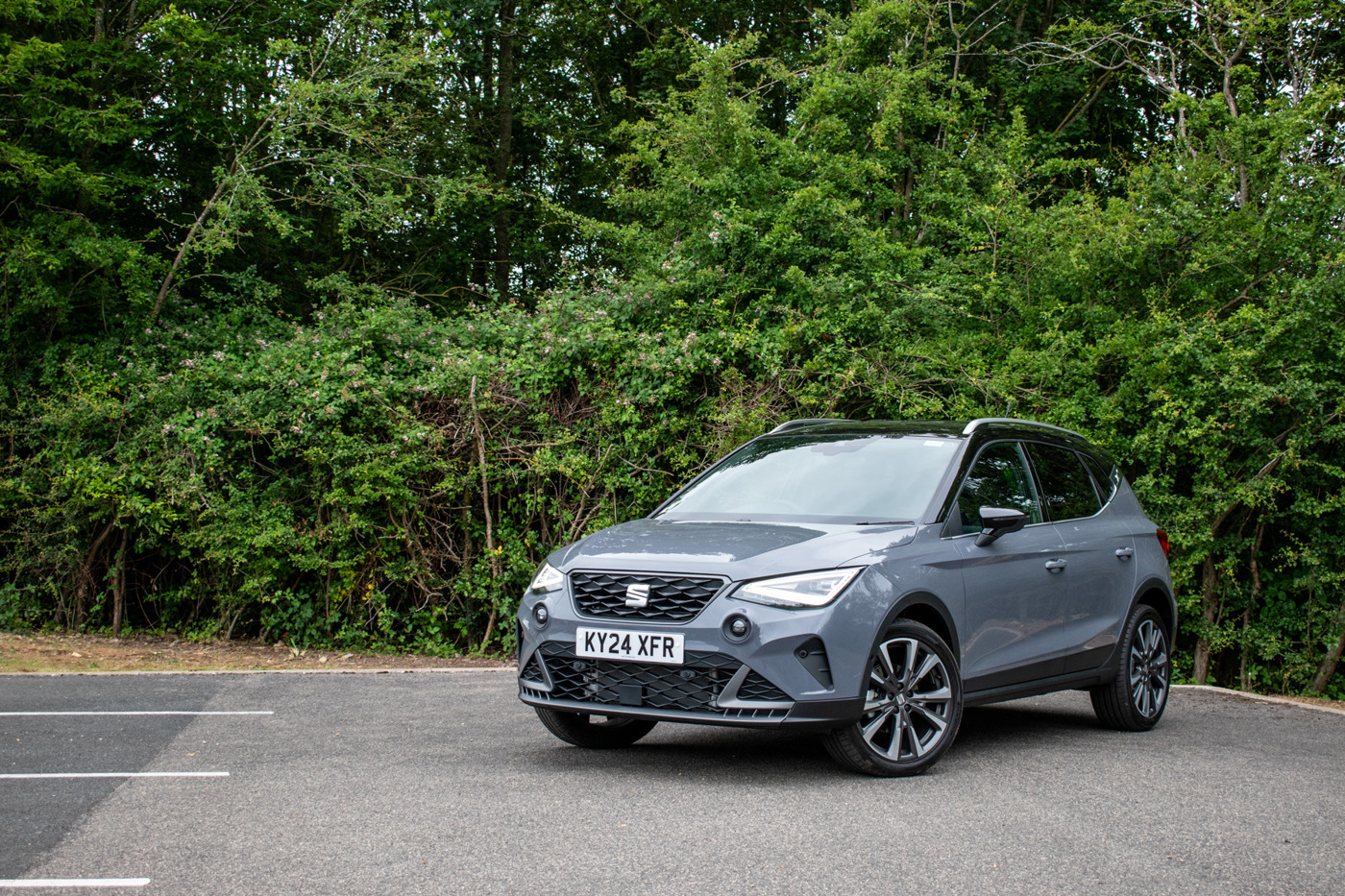
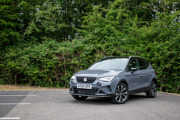
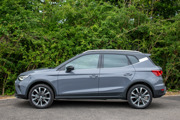
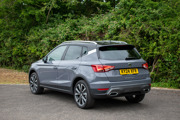
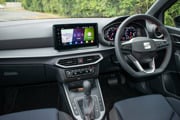
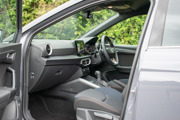
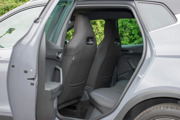
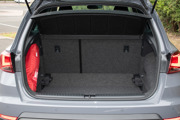
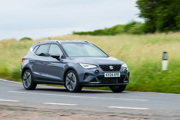
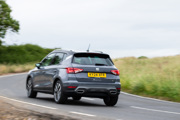
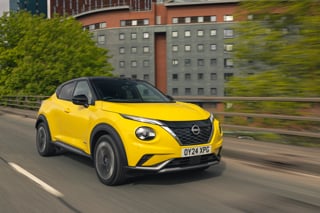
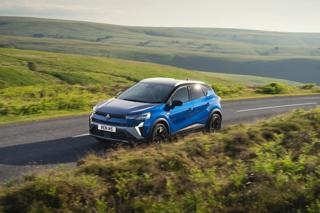
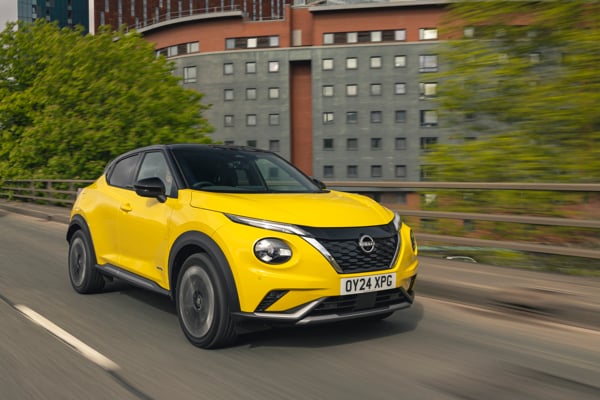
 Petrol
Petrol
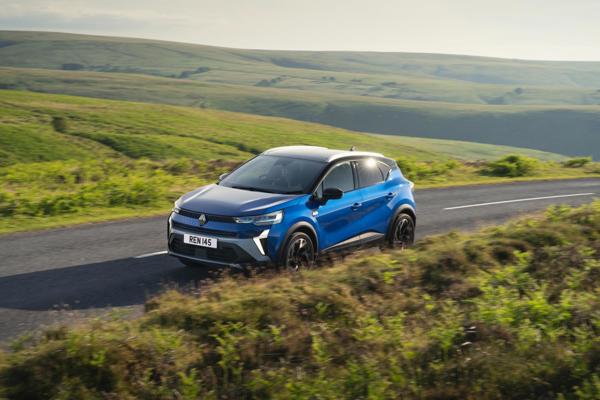
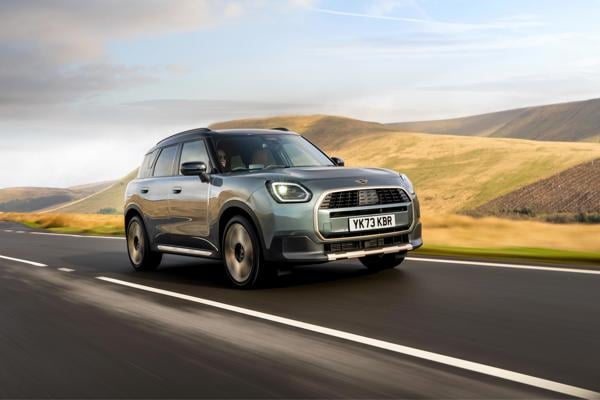
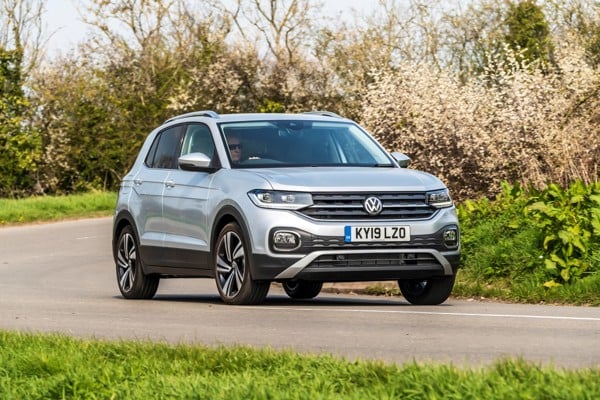
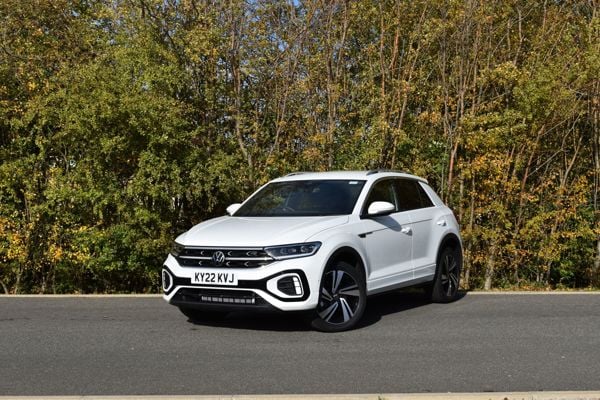
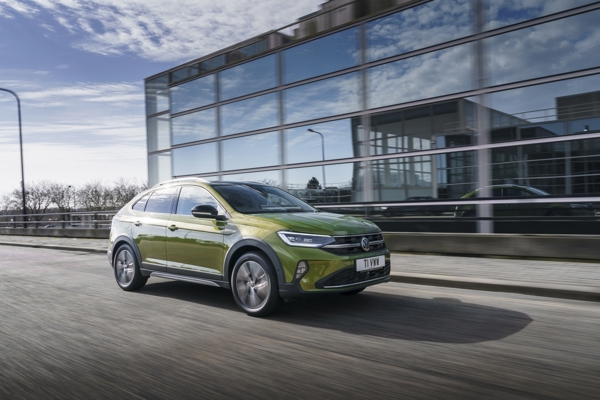
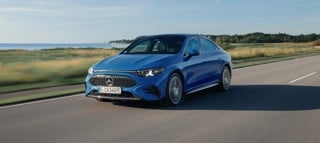
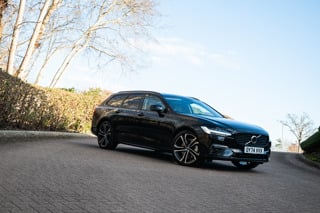
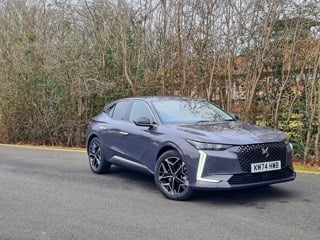
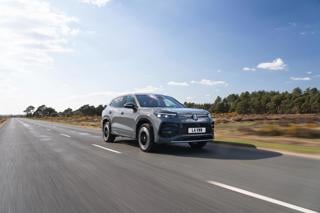
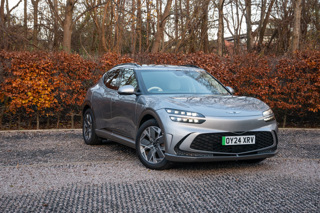





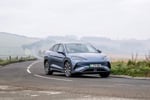


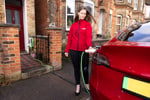



Login to comment
Comments
No comments have been made yet.